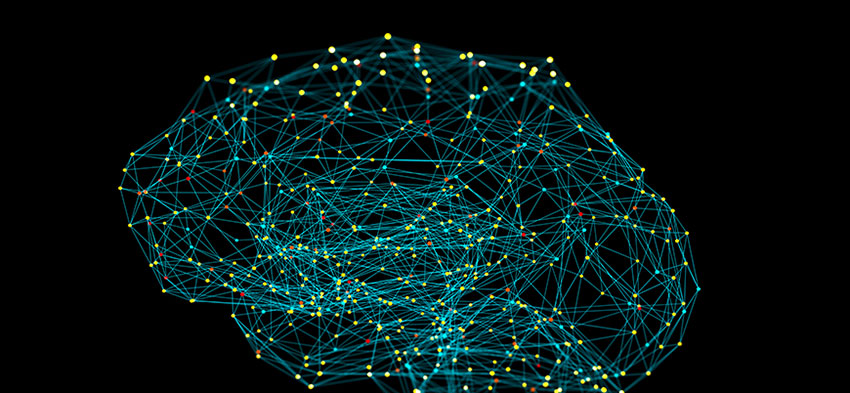How can we use tools from signal processing to understand better neural networks?

References:
- K. Hornik, M. Stinchcombe, and H. White. Multilayer feedforward networks are universal approximators. Neural Networks, 2(5):359–366, July 1989.
- G. Cybenko. Approximation by superpositions of a sigmoidal function. Math. Control Signals Systems, 2:303–314, 1989.
- Pedro Savarese, Itay Evron, Daniel Soudry, and Nathan Srebro. How do infinite width bounded norm networks look in function space? In Conference on Learning Theory, pages 2667–2690, 2019.
- Francis Williams, Matthew Trager, Daniele Panozzo, Claudio Silva, Denis Zorin, and Joan Bruna. Gradient dynamics of shallow univariate relu networks. In Advances in Neural Information Processing Systems 32, pages 8376–8385, 2019.
- Greg Ongie, Rebecca Willett, Daniel Soudry, and Nathan Srebro. A function space view of bounded norm infinite width ReLU nets: The multivariate case. In International Conference on Learning Representations (ICLR), 2020.
- Raja Giryes. A function space analysis of finite neural networks with insights from sampling theory. CoRR, abs/2004.06989, 2020.
- Shady Abu Hussein, Tom Tirer, and Raja Giryes. Correction filter for single image super-resolution: Robustifying off-the-shelf deep super-resolvers. In The IEEE/CVF Conference on Computer Vision and Pattern Recognition (CVPR), June 2020.
- Mikhail Belkin, Daniel Hsu, Siyuan Ma, and Soumik Mandal. Reconciling modern machine learning practice and the bias-variance trade-off. arXiv preprint arXiv:1812.11118, 2018.
- Trevor Hastie, Andrea Montanari, Saharon Rosset, and Ryan J Tibshirani. Surprises in high-dimensional ridgeless least squares interpolation. arXiv preprint arXiv:1903.08560, 2019.
- Song Mei and Andrea Montanari. The generalization error of random features regression: Precise asymptotics and double descent curve. arXiv preprint arXiv:1908.05355, 2019.
- Peter L Bartlett, Philip M Long, Gábor Lugosi, and Alexander Tsigler. Benign overfitting in linear regression. Proceedings of the National Academy of Sciences, 2020.
- Lenaic Chizat. Sparse optimization on measures with over-parameterized gradient descent. arXiv preprint arXiv:1907.10300, 2019.
- S. Zuhovickii. Remarks on problems in approximation theory. Mat. Zbirnik KDU, 1948.
- SD Fisher and Joseph W Jerome. Spline solutions to l1 extremal problems in one and several variables. Journal of Approximation Theory, 13(1):73–83, 1975.
- Francis Bach. Breaking the curse of dimensionality with convex neural networks. The Journal of Machine Learning Research, 18(1):629–681, 2017.
- Jaume de Dios and Joan Bruna. On sparsity in overparametrised shallow relu networks. arXiv preprint arXiv:2006.10225, 2020.
- Nasim Rahaman, Aristide Baratin, Devansh Arpit, Felix Draxler, Min Lin, Fred Hamprecht, Yoshua Bengio, and Aaron Courville. On the spectral bias of neural networks. In Proceedings of the 36th International Conference on Machine Learning (ICML), pages 5301–5310, 2019.
- Zhi-Qin John Xu, Yaoyu Zhang, and Yanyang Xiao. Training behavior of deep neural network in frequency domain. In International Conference on Neural Information Processing, pages 264–274, 2019.
- Basri Ronen, David Jacobs, Yoni Kasten, and Shira Kritchman. The convergence rate of neural networks for learned functions of different frequencies. In Advances in Neural Information Processing Systems (NeurIPS), pages 4761–4771, 2019.
- Ronen Basri, Meirav Galun, Amnon Geifman, David Jacobs, Yoni Kasten, and Shira Kritchman. Frequency bias in neural networks for input of non-uniform density. In ICML, 2020.
- Reinhard Heckel and Mahdi Soltanolkotabi. Denoising and regularization via exploiting the structural bias of convolutional generators. In International Conference on Learning Representations (ICLR), 2020.
- Oshrat Bar, Amnon Drory, and Raja Giryes. A function space spectral perspective of neural network robustness to label noise. CoRR, 2020.
- Vardan Papyan, Yaniv Romano, and Michael Elad. Convolutional neural networks analyzed via convolutional sparse coding. The Journal of Machine Learning Research, 18(1):2887–2938, 2017.
- Randall Balestriero and richard baraniuk. A spline theory of deep learning. In Proceedings of the 35th International Conference on Machine Learning (ICML), pages 374–383, 10–15 Jul 2018.
- Joan Bruna and Stéphane Mallat. Invariant scattering convolution networks. IEEE transactions on pattern analysis and machine intelligence, 35(8):1872–1886, 2013.

